
18th-25th April 2023, Romania
“During the Staff training I had an opportunity to discuss with other participants how they protect the environment and how they live and work in rural environment. I learned about the different technics of construction of mountain houses in Romania and saw how the historical sites are used as venues for modern events.” Darin Skubarev, Bulgarian staff participant in Romania.
Introduction
Our staff training action took place in Rîmet, Transylvania.
The commune of Rîmeț is located in the south- east of the Trascău Mountains, in Alba county, about 100 km away from Cluj Napoca, Transylvania’s major city.
The commune of Rîmeț is characterized by a unique building feature that is its wooden log built houses, field barns and stores with thatched roofs. This feature is found in other mountainous areas of the Apuseni Mountains but in the commune of Rîmeț it is kept alive because the buildings are still in use and some skills for repairing remain. The houses, barns, stables, pigsties, pantries have a stone foundation and were all thatched in the past.
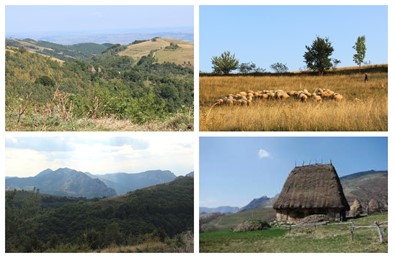
A common characteristic of the thatched houses here is the fact that the smoke from the stove goes into the loft at a predetermined height and is allowed to fill the void, giving the loft the role of a smoke room. The smoke preserves the roof timbers and thatch (long straw) on the inside, making it resistant to fungi and insect attack and waterproof. The materials used for thatching were spring long straw, branches of birch (Betula pendula) and juniper (Juniperus communis); the birch is for stabilization and the juniper to repel mice (the scent being unpleasant to them). Materials are local, sustainable and low cost – the original reason for selection was that these materials were to be found in every household. The thatched buildings are scattered all around the landscape, some of them are still in good condition, some need repair. Most thatched houses are still lived in but the inhabitants are old and usually retired.

Background
“Satul verde” Association and Grampus Heritage & Training have been working with the commune of Rîmeț in various projects to help them sustainably capitalize on the natural & cultural assets. One of these projects was VAST VIEW- the work within this project focused around building of a traditional house with a thatched straw roof. This building hosts the local ethnographic museum nowadays and it is to be found in the hamlet of Bradesti, part of the Rîmeț commune.
The aim of the action was to show, teach and learn the skills and techniques of building with stone, wood, clay and straw. These were the local and available materials and skills that were used much as other skills dating back to the early medieval period in northern and western Europe. The existence of communes like Rîmeț, set in a working mountain landscape lead us to suggest that montane Romania still has quite intact working medieval landscapes. This idea of the medieval surviving through to the modern day was reinforced by surveys of some of the buildings and the identification of jointing, tool marks and design that would be classified as medieval in western Europe but have continued to the modern day in remoter corners of Romania. The ALITHE staff training action was attended by adult education staff from UK, Germany, Cyprus, Bulgaria, Slovaklia and Romania (2 staff from each country). Participating staff gained experience of delivering and developing the newly created ECVET Green Village curriculum module ‘Intergenerational Cultural Learning’.
The aims of our ALITHE staff training action were:
– to present the outline curriculum & the draft training film;
– to provide training for the trainers who will deliver the green village curriculum;
– to fill the gaps with new material about training in action;
– to demonstrate, teach and learn knowledge and skills in working with straw, wood, stone and clay in the context of restoring a traditional thatched barn.
Programme:
18th April: Arrival of participants, transfer to accommodation, evening meal together.
19th April: After breakfast, presentation of the draft curriculum of the unit “Intergenerational Cultural Learning”, which is a new module of the Green Village course “Sustainable rural development- Focus on culture and nature”. Session of questions and discussions about the curriculum.


After lunch, we’ll present the draft training film. Session of questions and discussions. Afternoon visit to a textile artisan ( Mariana Mereu) who uses local wool and hemp. She is the organiser of the annual hemp festival in the commune of Geoagiu, Alba county.



20th April: the village of Râmeț- sample training action: thatching a small agricultural building using the traditional Romanian mountain method. On- site discussion about health & safety & integrity. Lunch on site.

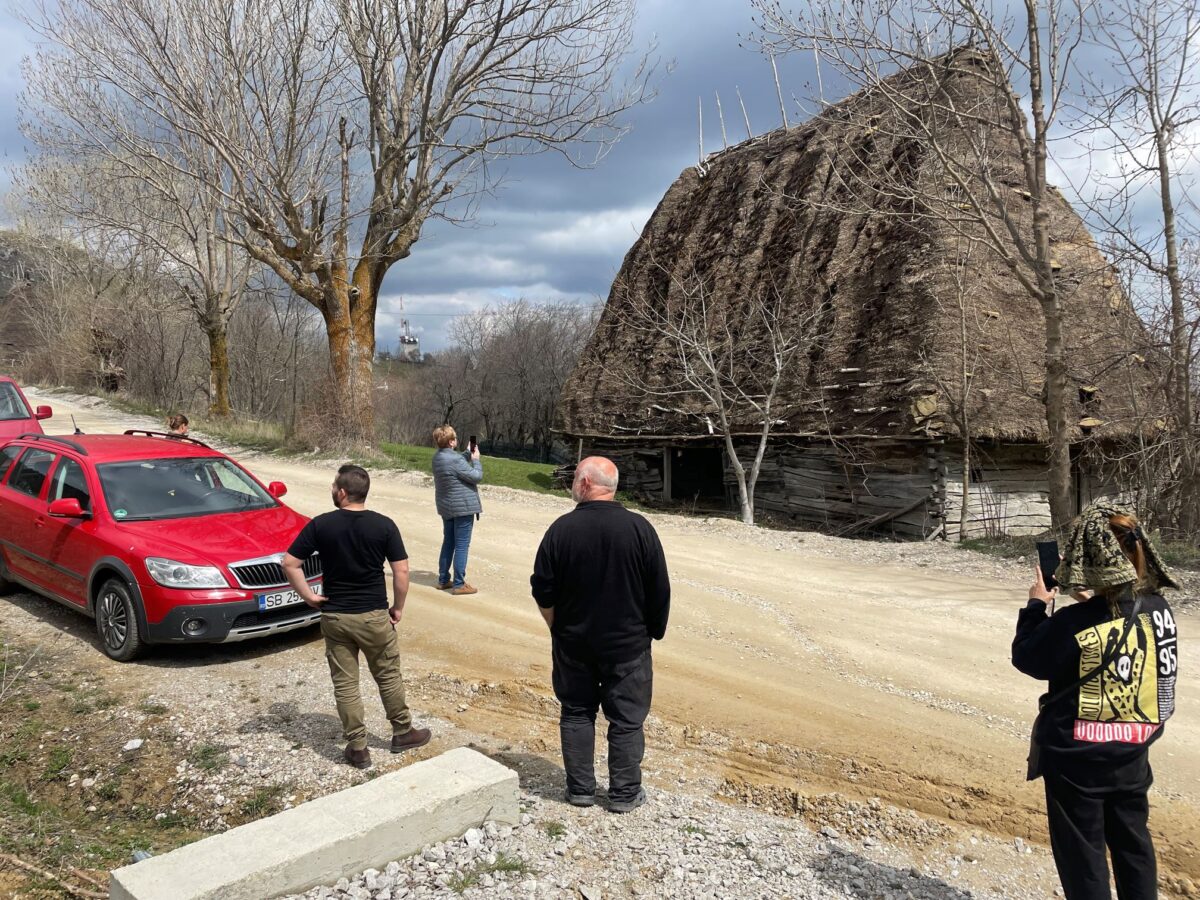







21st April: the village of Râmeț- sample training action: making cordage and using it for caulking. Visit to the ethnographic museum in Bradesti. The building that houses the museum was relocated and rethatched on its present site through the “VAST VIEW” project, in 2013.




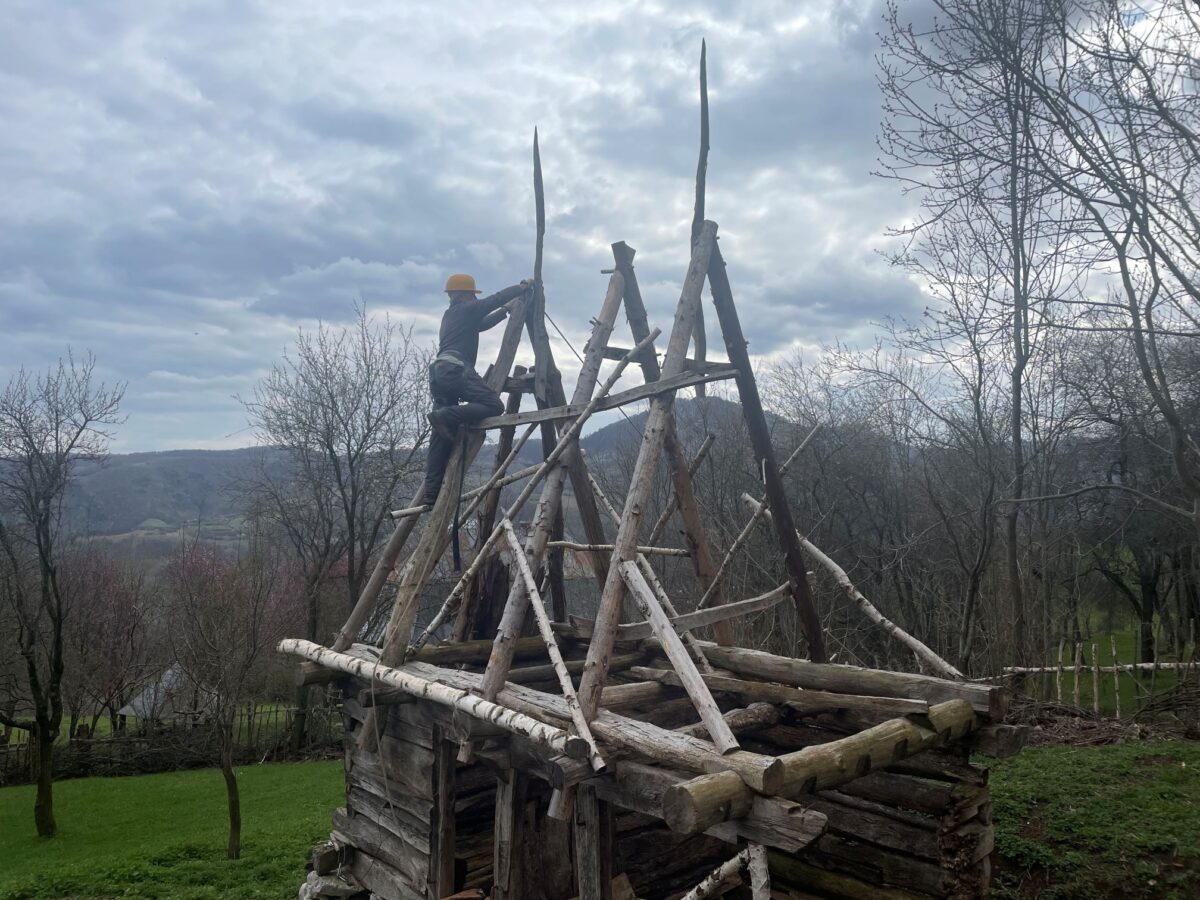
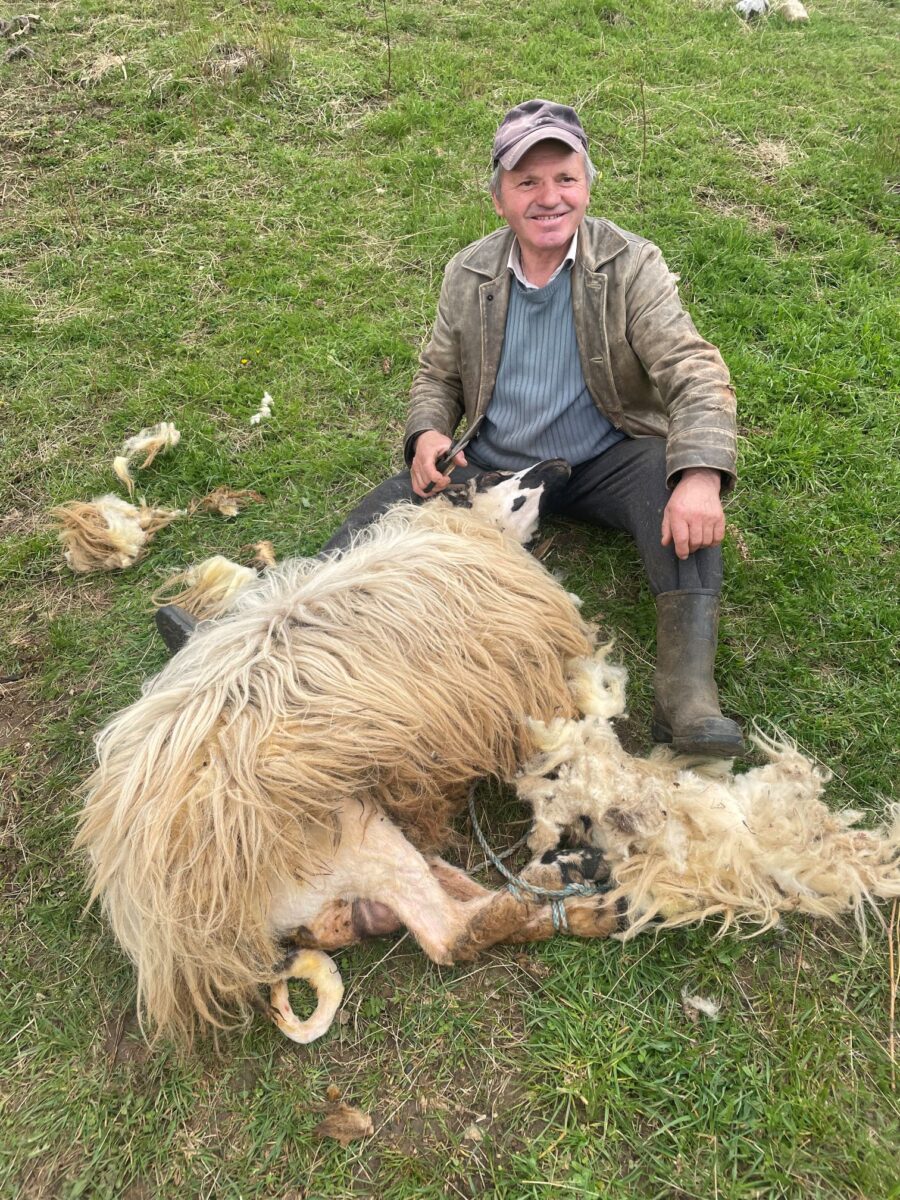



22nd April: visit to Alba Iulia- a strategic town, from the Neolithic to the Austro- Hungarian period. Meet some former students to discuss their active learning in a historic environment.

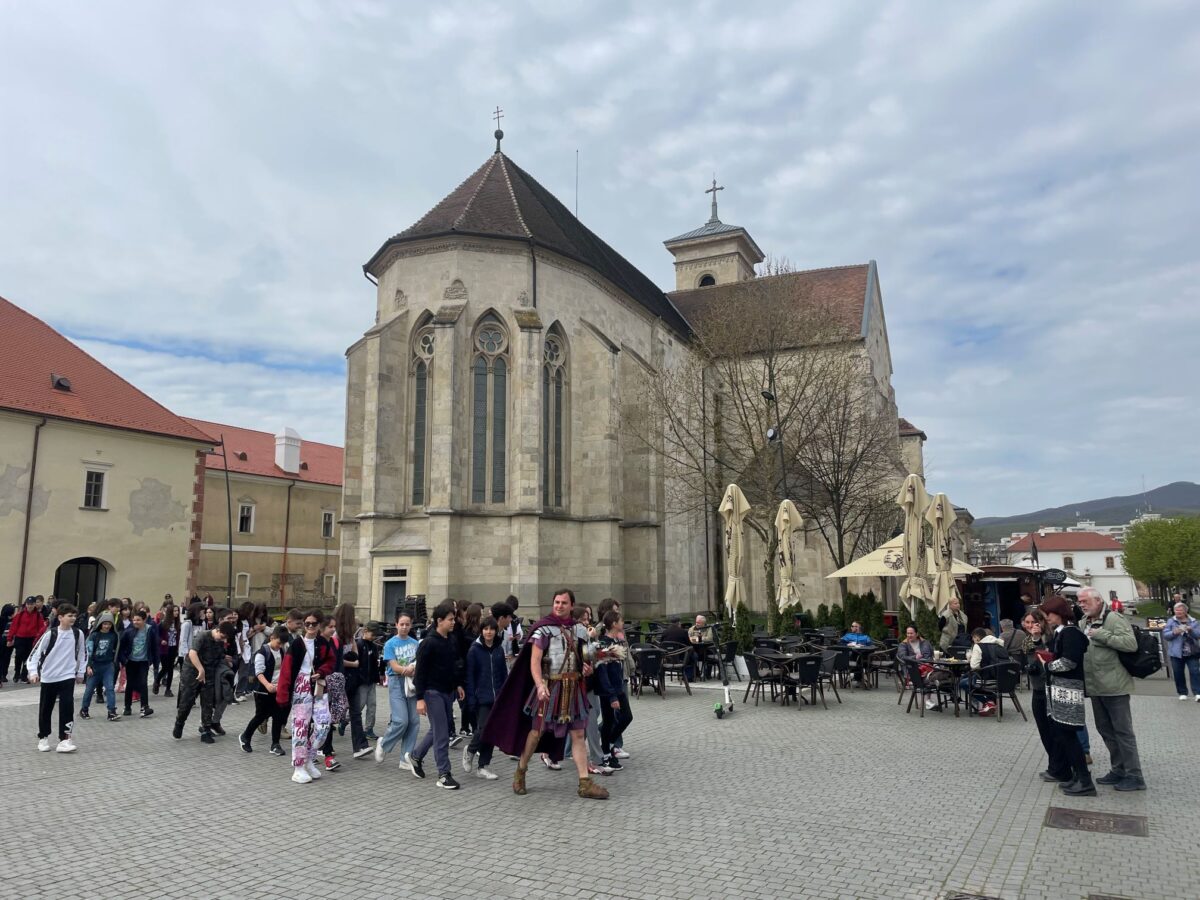




23rd April: Visit to the Village Museum in Sibiu. Discuss learning opportunities. Walking tour of Sibiu city centre. Focus on green men.






24th April: focus on assessment: each partner will describe their own country methodology for assessing and validating skills.. Stories for the Green Village Magazine.
25th: Departure of participants
A curriculum case-study based on the training delivered in Romania can be found in the downloadable curriculum document from this website.

The European Commission support for the production of this publication does not constitute an endorsement of the contents which reflects the views only of the authors, and the Commission cannot be held responsible for any use which may be made of the information contained therein.

